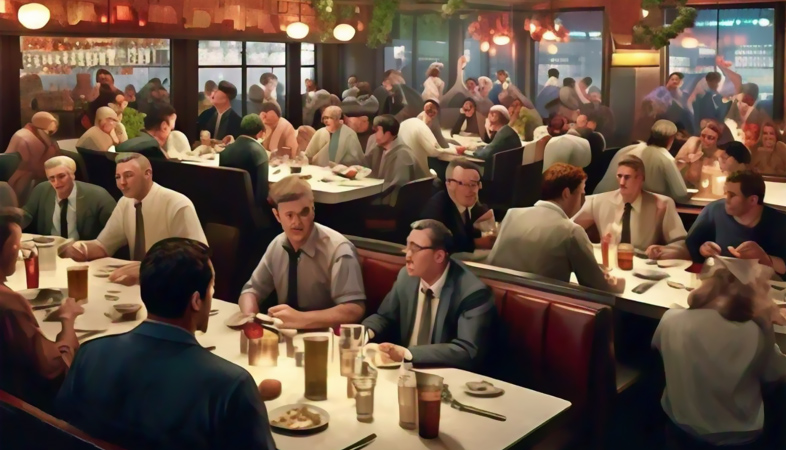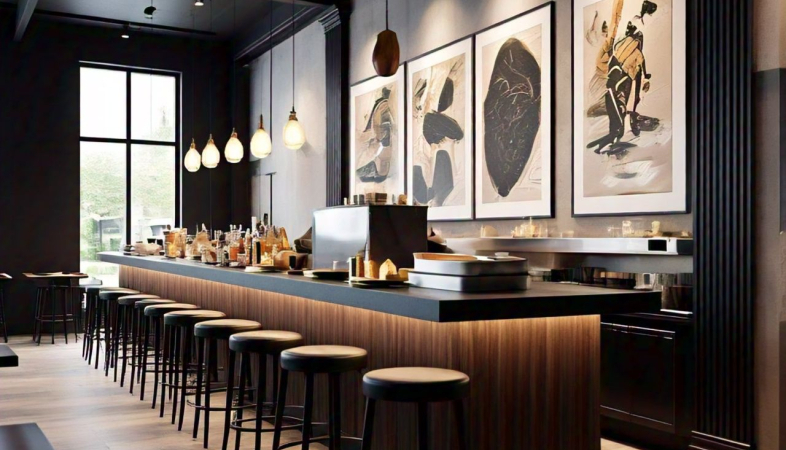SHARE
Commercials
More Posts
May 04, 2025
Jodhpuri Palak Paratha - By Chef Lallan Kumar
Jul 05, 2025
Chicken Satay - By Chef R. Vijayan
Jun 22, 2025
Customized Cupcakes: A New Avenue for Bakers
May 04, 2025
Jodhpuri Palak Paratha - By Chef Lallan Kumar
Jul 05, 2025
Chicken Satay - By Chef R. Vijayan
Jun 22, 2025
Customized Cupcakes: A New Avenue for Bakers
May 04, 2025
.png)




























